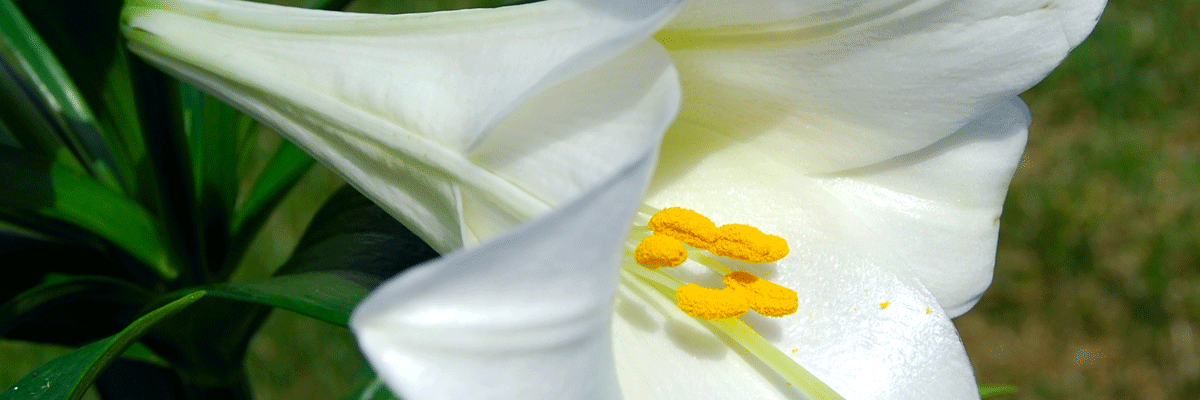
Easter Lily Care Guide
A traditional and time-honored flower of Easter, the Easter Lily makes a meaningful gift that embodies the very essence of the holiday. The large, trumpet-shaped, fragrant white flowers are highly regarded as a joyful symbol of beauty, hope and life. Whether you plan to give the potted plants as a gift or use them to decorate your own home, the following tips will help ensure that your Easter Lilies thrive.
Selection
For the longest possible period of enjoyment in your home, look for plants with flowers in various stages of ripeness. For example, the best selection would be a plant with just one or two open or partially open blooms, and three or more puffy, unopened buds of different sizes. The ripe puffy buds will open up within a few days, while the tighter ones will bloom over the next several days.
Prolonging Blooms
As the flowers mature, remove the yellow anthers before the pollen starts to shed. This gives longer flower life and prevents the pollen from staining the white flowers. When a mature flower starts to wither after its prime, cut it off to make the plant more attractive while you still enjoy the fresher, newly-opened blooms.
Light Requirements
In the home, Easter Lilies prefer moderately cool temperatures. Recommended daytime temperatures are 60 to 65 degrees with slightly cooler night temperatures. Avoid placing plants near drafts, and avoid exposure to excess heat or dry air from appliances, fireplaces or heating ducts. The lily will thrive near a window in bright, indirect natural daylight, but avoid glaring, direct sunlight.
Watering
Easter Lilies prefer moderately moist, well-drained soil. Water the plant thoroughly when the soil surface feels dry to a light touch, but avoid over-watering. If the pot is wrapped in decorative foil, be careful not to let the plant sit in trapped, standing water. For best results, remove the plant from decorative pots or covers, take it over the sink and water thoroughly until water seeps out of the pot's drain holes to completely saturate the soil. Allow the plant to drain for a few minutes and discard the excess water before replacing it back into its decorative pot cover.
Please Note: Easter lilies and other lilies can be toxic to cats, causing kidney failure and even death. For more information, please visit this website.